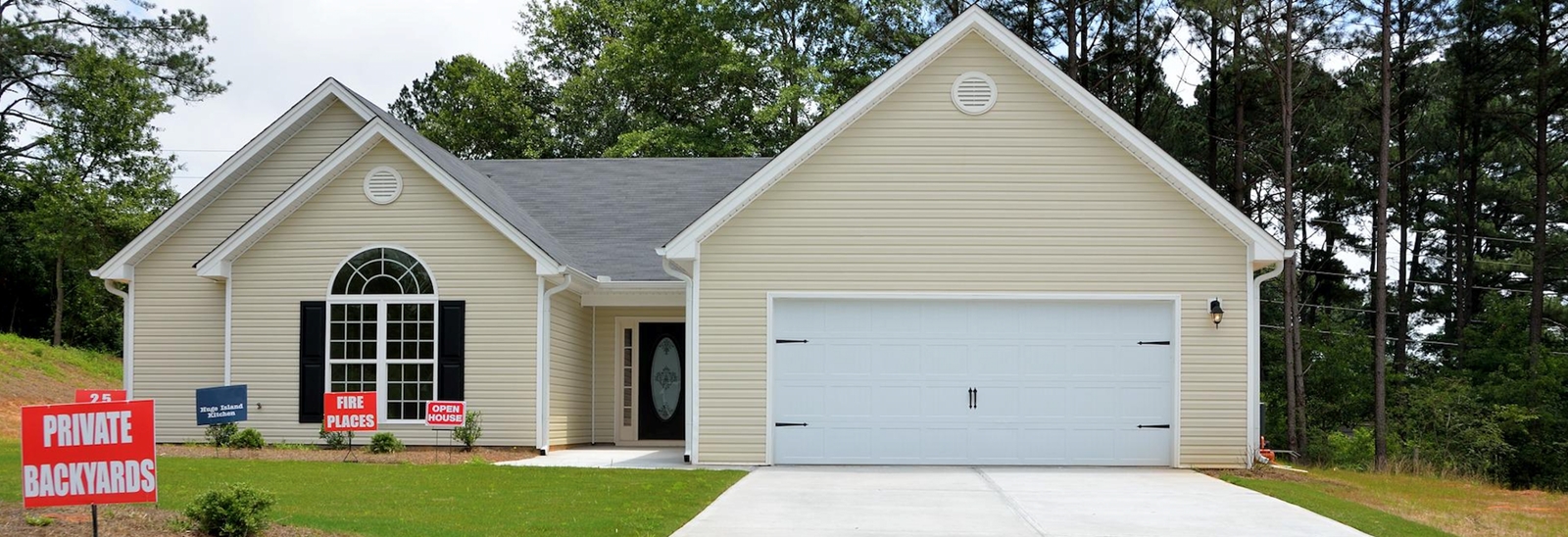For instance, if everyone asks about the cracked or damaged shingles on your roof, this may not be something buyers are willing to look past. The average roof repair costs between $350 and $1,584 (depending on the damage), according to Angi (formerly Angie’s List). If your roof is less than 10 years old, fixing the damaged shingles might be enough to appease buyers.
However, if your roof is more than 25 or 30 years old, you might need to foot the bill for a roof replacement, which can run about $9,000 on the low end.
Hire a home inspector
We all have an emotional attachment to the places where we’ve lived. Sometimes, this prevents us from seeing problems that need to be addressed.
A home inspector can provide an objective perspective on what needs to be fixed, in order to sell your house for asking price. During a home inspection, a qualified professional will do a thorough visual examination of the structures and systems of your property. This may include the foundation, roofing, plumbing, and electrical, as well as checking appliances for potential safety concerns. Home inspections can run between $279 and $399.
Make repairs that could improve the buyer’s chances of getting a loan
Home inspections often cause owners to worry: Do I have to fix everything on the report? The short answer is no. However, it is recommended that you tackle any repairs that will be required by lenders for a buyer to finance their purchase. These might include expensive structural defects, building code violations or safety issues.
Other items on the list might be of less importance and you can determine whether or not to pursue them.
To make this determination, you might take the list of concerns that have come up during showings. Are any also on the home inspector’s list, too?
If so, you should probably make it a priority to fix those items, too.
Update your listing (and photos) after making repairs
After you’ve addressed the issues that came up during showings or your house inspection, you could schedule a follow-up inspection. Once the home inspector confirms that the issues have been resolved, update your property listings to highlight all of the repairs and updates.
You should also take down old photos and replace them with new photos of the property after the repairs. You may consider hiring a professional to take the snapshots. Professionally-photographed homes sold 32 percent faster than other listings, reported The Washington Post, based on insight from a real estate photography company.
They also got a 47 percent higher asking price per square foot, according to an analysis by Redfin, a real estate brokerage company.
Fix problems with the title
Sometimes, the issues preventing your house from selling might not be related to repairs at all. There could be red flags with your title that came up when prospective homebuyers did their research.
Some examples include:
- Transferring the house from one person to another, without a recorded deed
- Your mortgage is paid off, but it’s still showing as a valid lien
- A mechanic lien was filed for work performed by a contractor
In these instances, it’s important to contact your title company and ask what you can do to resolve the problem.
Reduce the price
Price reductions are often a last resort for sellers. Understandably so, as you want to get top dollar for the house you worked so hard to upkeep. In some instances, however, a price reduction is necessary to reach the right buyers.
How can you tell if you need to reduce the list price?
You might be getting no to very few showings and no offers at all. If you’re getting good traffic but not getting the offers you want, it could be a sign that you’re close to your target price. A small price reduction could close the deal.
If no showings have been requested after 10 or more days on the market, consider a 3-percent price reduction. However, if you’re getting lots of showings, but no offers, a 1 percent reduction may be enough to pique buyer interest.
Keep online filter price tiers in mind when choosing a reduced price. Let’s say your house is priced at $520,000. If the next price filter down is “under $500,000,” you’d be better off listing your property for $499,999 than $500,000. That way, you cast a wider net, reach the right audience and, eventually, get viable offers.
Try to be judicious about how often you lower the price of your property though.
When you reduce the list price of your house more than three times, buyers may start to think something is wrong with it.
If your house STILL won’t sell, consider selling it to a reputable homebuying company
Owners may start to feel discouraged when they have a house that won’t sell. Fortunately, there’s an alternative way to sell your house — without costly repairs or drastic price reductions.
A property investment company, Meridian Trust specializes in buying townhouses, condos, apartments, and multi-family units for cash. We purchase properties “as is” in Florida, Georgia and Alabama. That means you don’t have to make costly repairs or updates to your property just to sell it.
To find out how much your property is worth “as is,” call (954) 807-9087.
Note: This guide is for informational purposes only. Meridian Trust does not make any guarantees about the sufficiency of the content in or linked to from this blog post or that it is compliant with current law. The content within this blog post is not a substitute for legal advice or legal services. You should not rely on this information for any purpose without consulting a licensed lawyer in your area.





